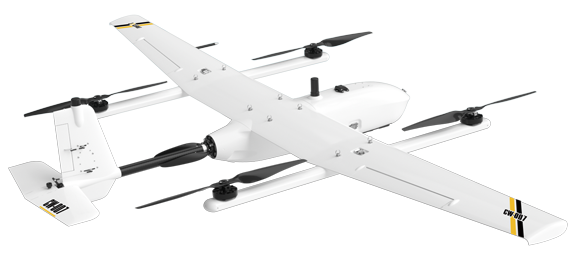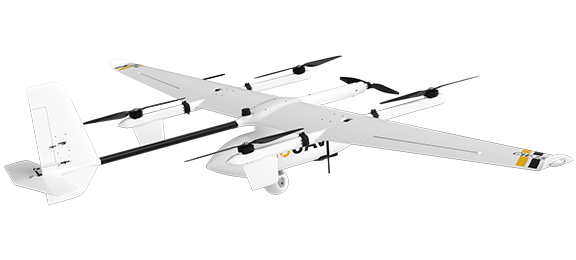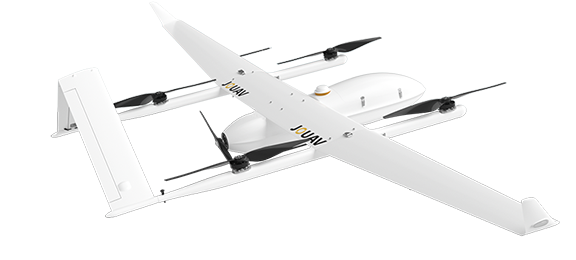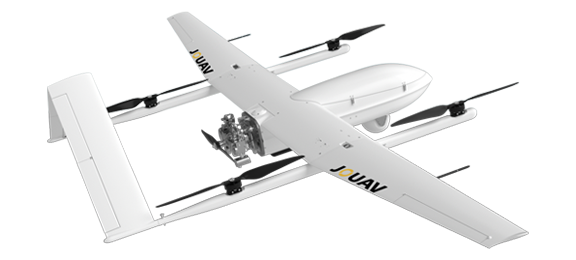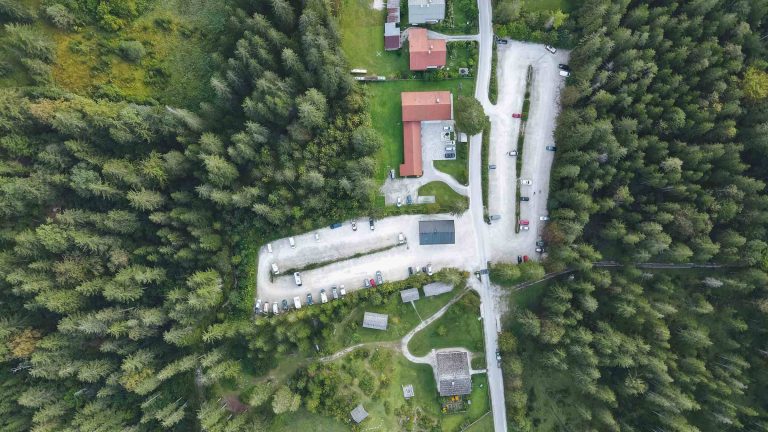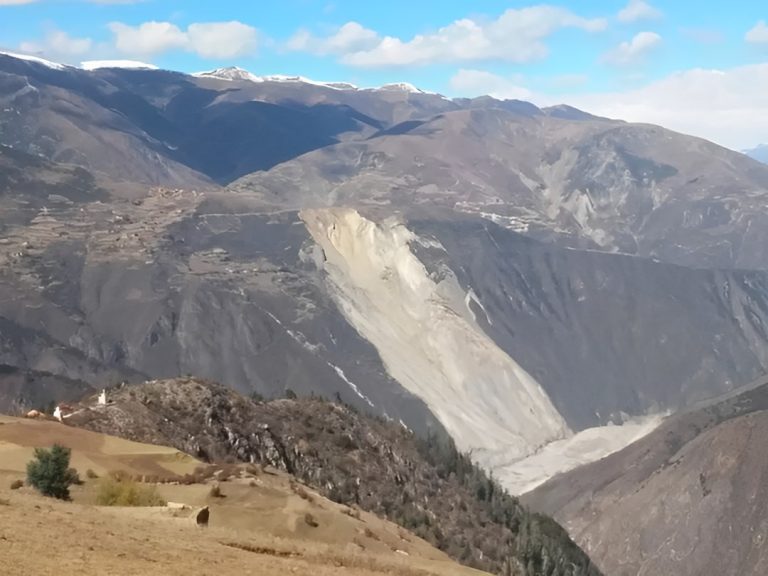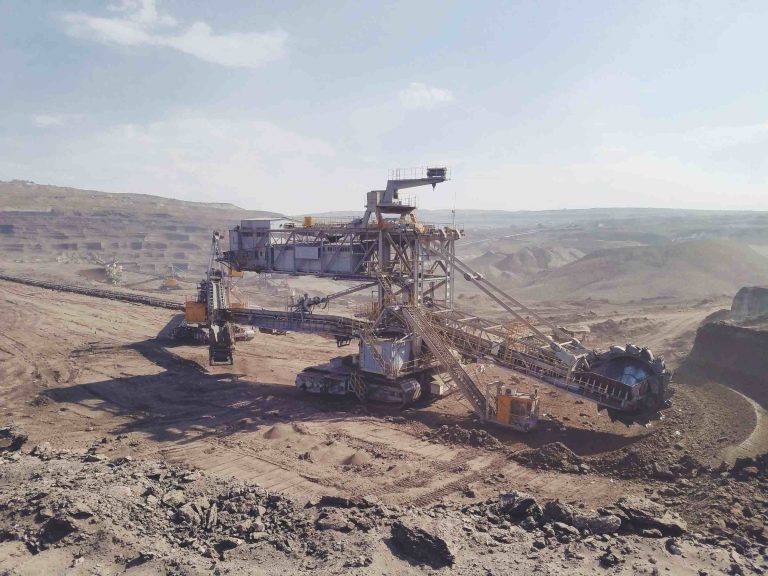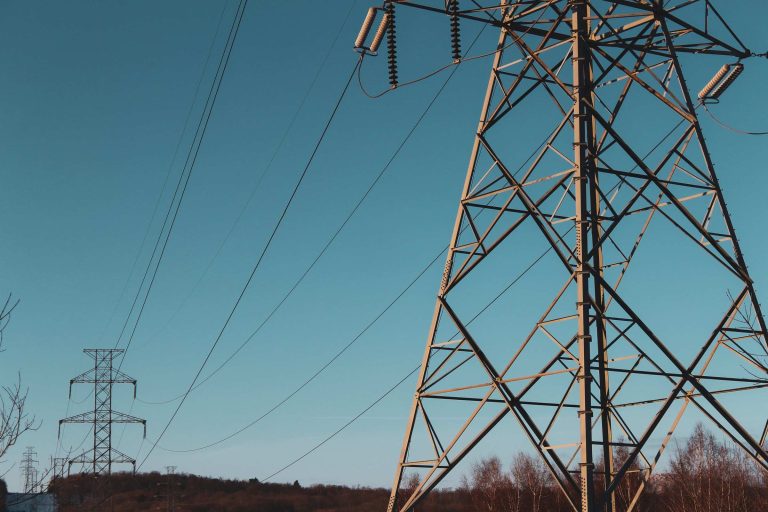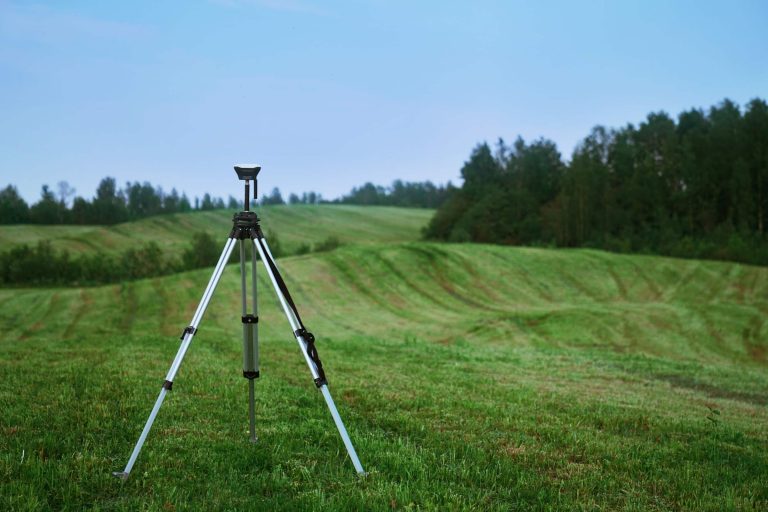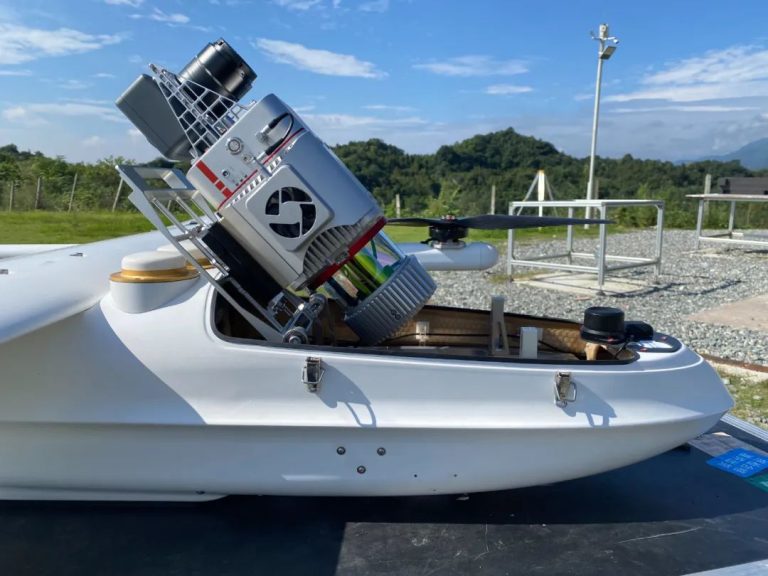Mapping & Surveying
Drone surveying saves valuable time for land surveyors, allowing safer working conditions, better data, and more accurate 3D models.
A drone survey is the use of drones or unmanned aerial vehicles (UAVs) equipped with RGB cameras, multispectral cameras, or LiDAR payloads to collect data. And then this data is transmitted to special equipment on the ground near the UAV operator. The end result of drone land surveying is a finished map of detail at a given scale, presented in digital format.
Surveying drones can fly at much lower altitudes than traditional techniques like manned aircraft or satellites, providing high-resolution, high-precision images faster and cheaper, and independent of weather conditions such as cloud cover.
Even the most novice user knows that drones can be used for photography. The availability of unmanned aerial photography has led to its use in many sectors and produced incredible images. But is it good enough for your next mapping or surveying job? Let's take a look at some of the advantages of using drones for mapping and surveying.
As the best drones for land surveying, JOUAV CW Series VTOL drones provide a comprehensive drone surveying solution, which has released drones that can carry different functions according to the different needs of users.
Vertical take-off and landing (VTOL)
JOUAV VTOL drones (Vertical Takeoff and Landing) represent a hybrid approach that combines elements of quad-rotor and fixed-wing designs. They take off and land vertically like quadcopters, which means JOUAV drones can take off and land smoothly in narrow areas such as cliffsides, woods, or mountainous areas. Meanwhile, drones have the advantages of long endurance and fast flight speed of a fixed-wing drone, making them suitable for mapping large areas.
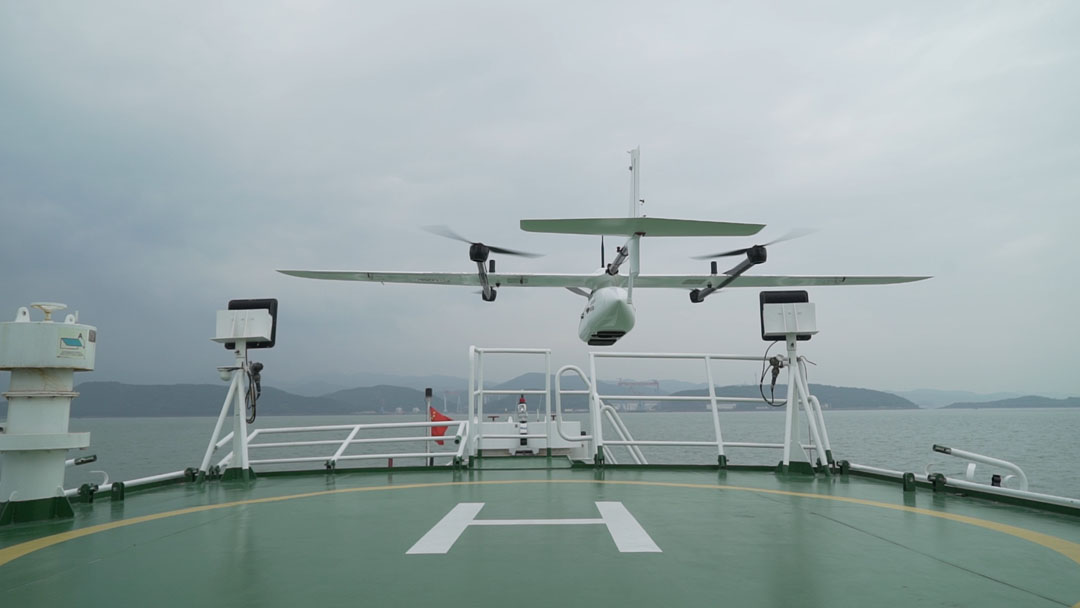
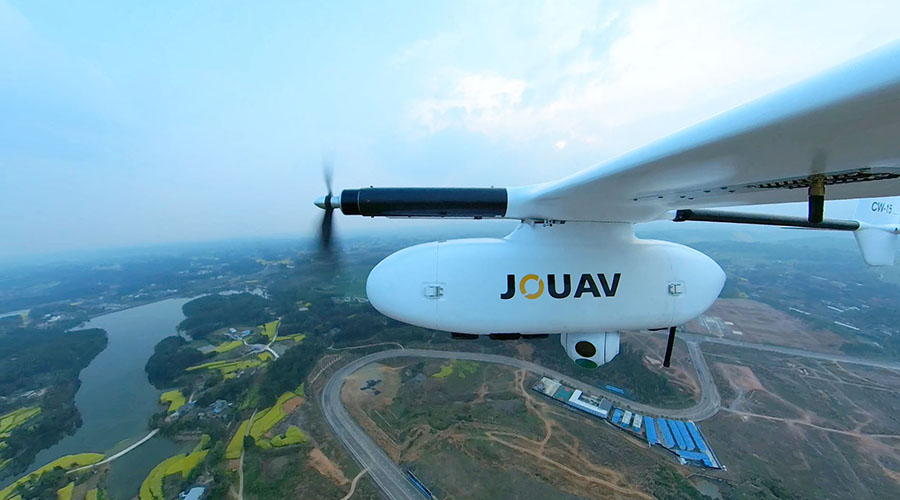
Up to 10 hours endurance/maximum load of 25kg
Through various methods such as aerodynamic optimization, power system optimization, and customized high energy density batteries, the JOUAV drone with longest flight time is 5 times longer than its competitors and can reach a maximum 10h flight time under heavy load conditions.
JOUAV drones can take orthophoto cameras, multi-cameras, gimbal cameras, hyperspectral cameras, multispectral cameras, atmospheric sensors, aeromagnetic and other mission equipment, and supports secondary development. The heavy lift drone can carry a weight from 0.8 to 25kg.
Down to 1cm (0.4 in) absolute accuracy
The JOUAV UAV uses both RTK and PPK modes. RTK is primarily used for precise centimeter-level autonomous vertical landings, and PPK is primarily used to output high-precision POS data to ensure a large reduction in image control points. The JOUAV RTK drone provides best-in-class absolute accuracy with vertical positioning accuracy down to 3 cm and horizontal positioning accuracy down to 1 cm, which allows the JOUAV UAV from high altitude to fly over and still provide low GSD images.
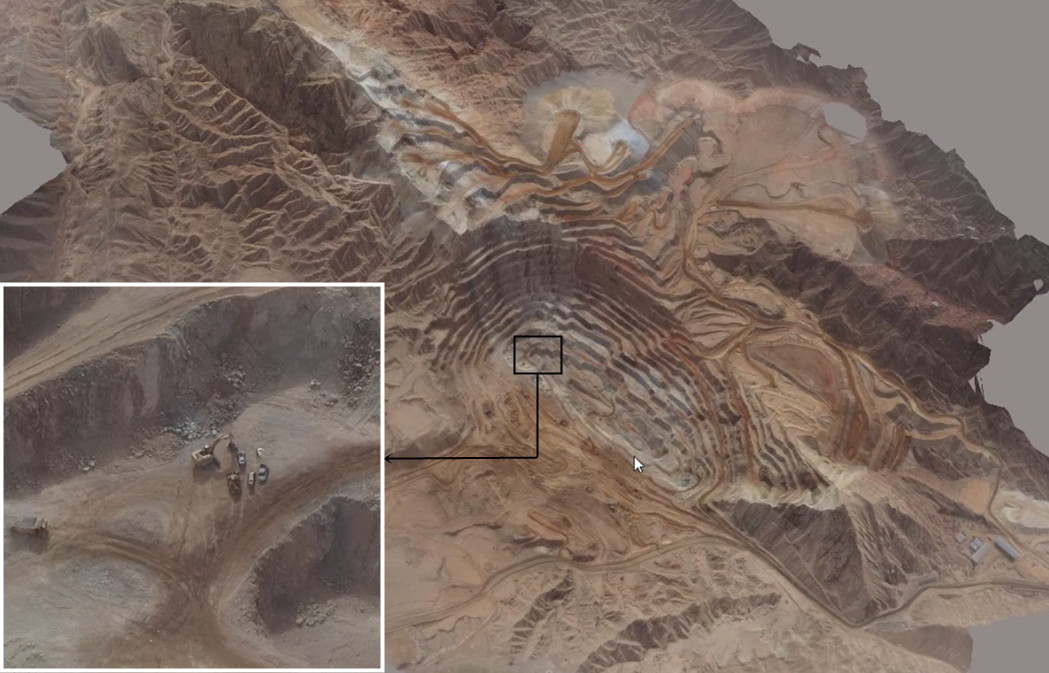
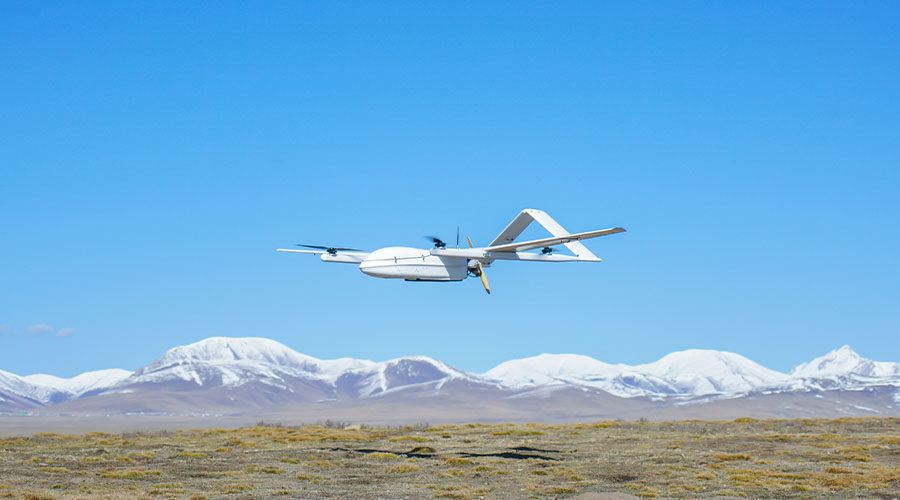
Flying in harsh environments
Through continuous power system optimization analysis and testing, the JOUAV UAV can fly efficiently at an altitude of 4,500 meters despite the thinner air. The drone is waterproof, ensuring that the aircraft can fly in light rain and snow. They can safely fly and collect data in winds of up to 12 m/s (28 mph).
The easiest and autonomous drones to fly
After pressing the take-off button, the drone takes off autonomously on a planned course, captures images, and then lands where it started. The operator does not need to do anything else during this process.
JOUAV drones also support a Terrain Following Mode based on a high-precision digital 3D map. With this feature, they can automatically generate a variable height route based on the measurement area and maintain a consistent ground resolution for better data results.
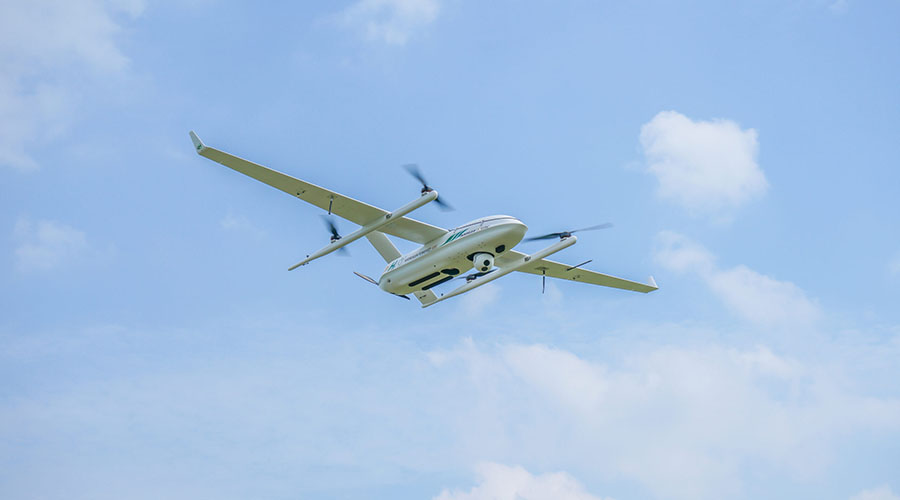
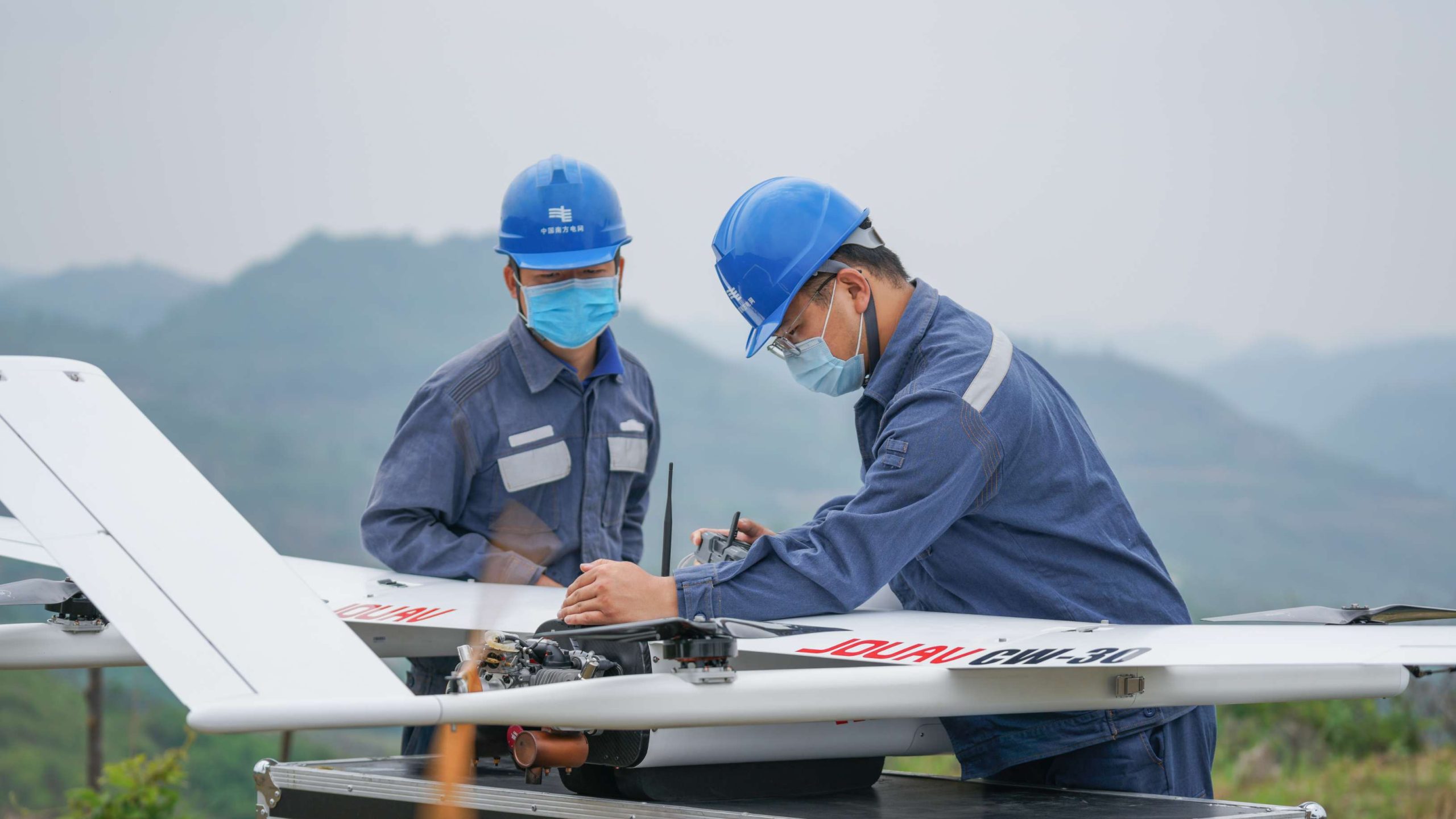
The safest drone to fly
JOUAV drones' forward and backward sensors have a detection range of up to 240m and a wide field of view. So you can be sure it will catch all obstacles in its path and avoid them effectively, guaranteeing a safe flight. The downward sensors allow a measurement range of 50m that can be performed to avoid dangerous landing sites.
Below you can learn how to do a land survey with JOUAV survey drones. You will know how to plan a flight, how to collect aerial images, and how to generate an orthomosaic map.
Survey professionals from all industries are using JOUAV CW Series drones for better and faster mapping. Below, we've selected a few real-world cases to help you understand how drones are helping to change aerial surveying.
Many industries require surveyors to provide maps of land areas. From determining the overall grade of an area to creating detailed maps of each square foot, drone mapping makes the surveyor's job easier, faster, and safer. Among the many industries that use drones for GIS surveying, some of the most important include:
Topographic Surveying
Drones greatly reduce the human cost of topographic surveys, making them more efficient and accurate. Survey drones can produce high-resolution orthophotos and detailed 3D models. Even in complex or difficult-to-access environments, they can still produce high-precision maps quickly. Surveyors can use these maps, combined with expertise, to produce extremely accurate maps for their clients.
Road construction surveying
A drone in construction helps councils, transport agencies, and civil engineering companies create accurate, large-area linear maps quickly and accurately. By carrying LiDAR, it can measure earthwork and soil precisely.
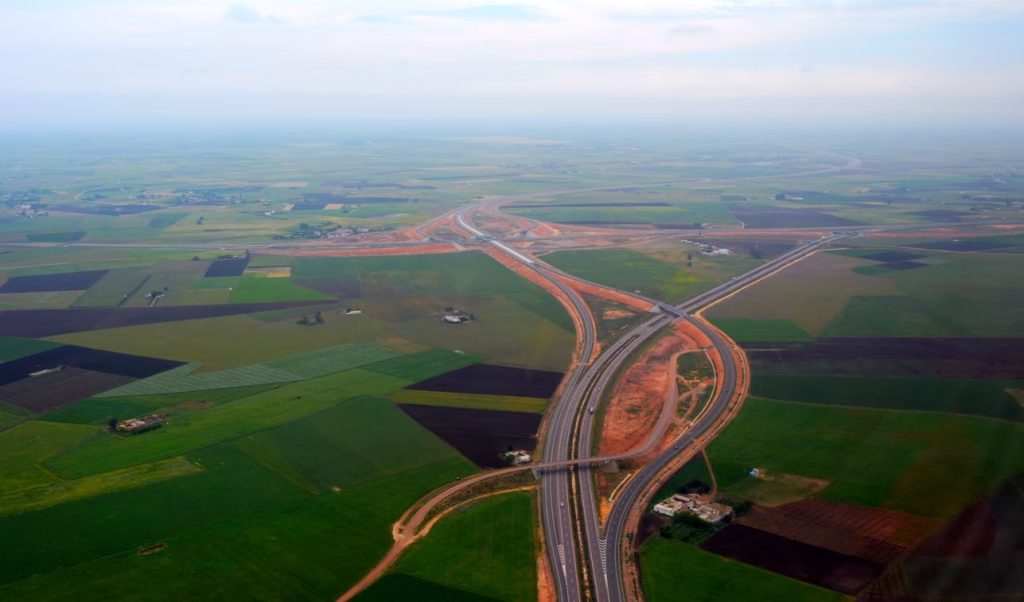
Dam surveying
The measurement of dams and other large structures can be a challenging task due to varying static water levels and hard-to-reach areas. Combining advanced sensor equipment, flexible communication systems, and compact designs, UAVs can be successfully applied to dam surveys and visual assessments of large structures and hard-to-reach areas.
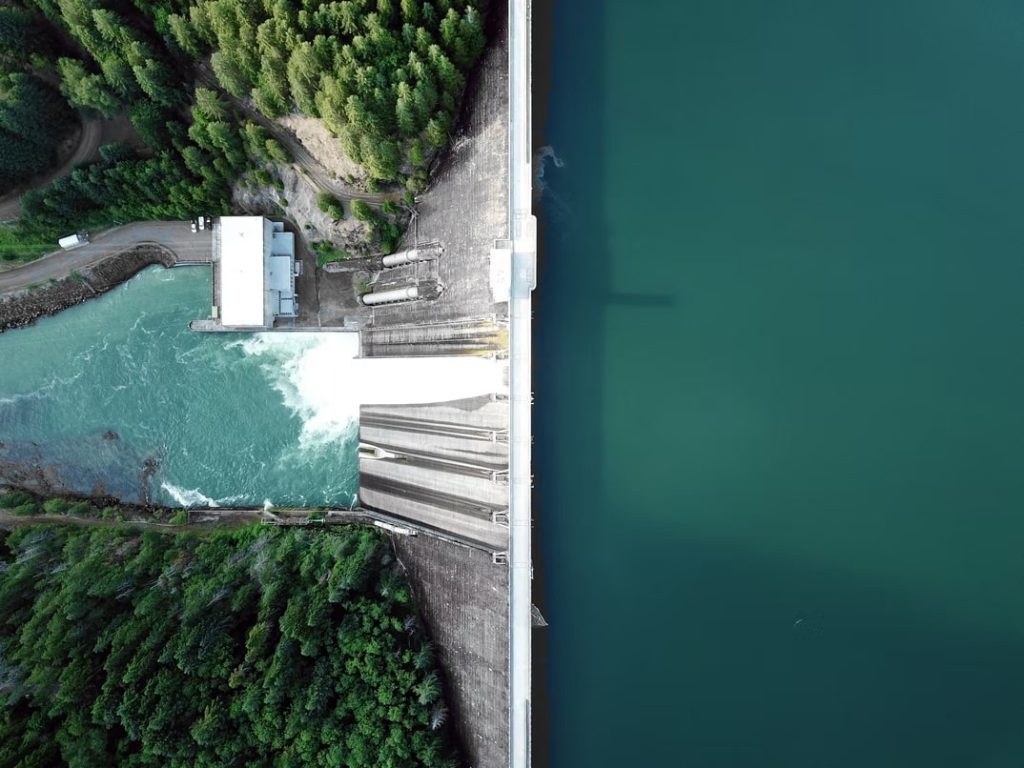
Urban planning
Drone for a smart city is being tested and deployed to rapidly collect, aggregate, analyze and provide highly accurate topographic maps of urban areas, the foundation of a smart city. This data facilitates applications that improve operations, engage residents and support communities.
Forestry management & monitoring
The sheer size of natural forest lands makes forest management and monitoring very labor-intensive, resulting in time-consuming, tedious, and often dangerous work for the staff. A LiDAR drone is equipped with LiDAR and imaging sensors to accurately reproduce the forestry environment in 3D format (e.g. photogrammetry and point clouds). Through powerful analysis software, inspectors can extract metrics such as tree height, diameter, volume, and number.
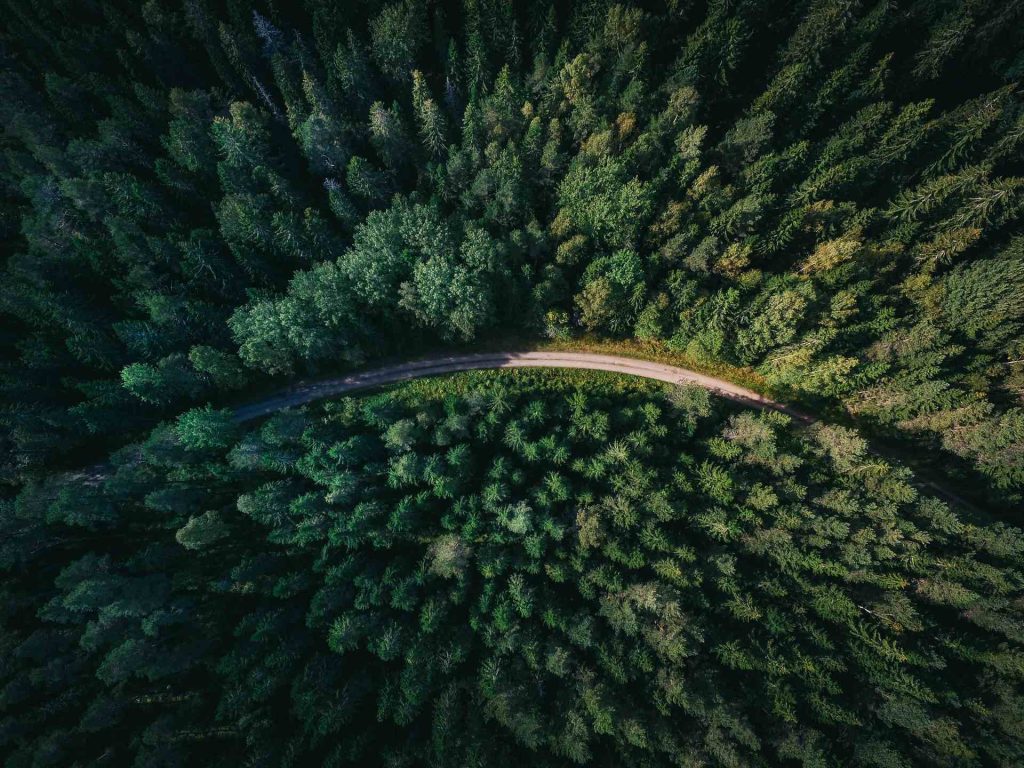
Geological hazard monitoring
In the event of a geological disaster, technical workers can use drone mapping technology to take panoramic photos of the geological disaster area in the shortest possible time, and image into the system to achieve 3D visualization, greatly reducing the difficulty of rescue.
Power grid inspection
Drones can be used to inspect power lines and power towers for lightning strikes, rust/corrosion, and damaged bolts. The power line inspection solution provides detailed and accurate data on all parts of the grid, automating inspection, enabling timely repairs, and reducing downtime.
Mining mapping
Drones in mining enable professionals to obtain specific aerial data on mining sites to improve productivity, planning, safety, inventory management, and more. In the mining industry, drone mining surveys include drones equipped with RGB cameras that take photos of the site from different angles.
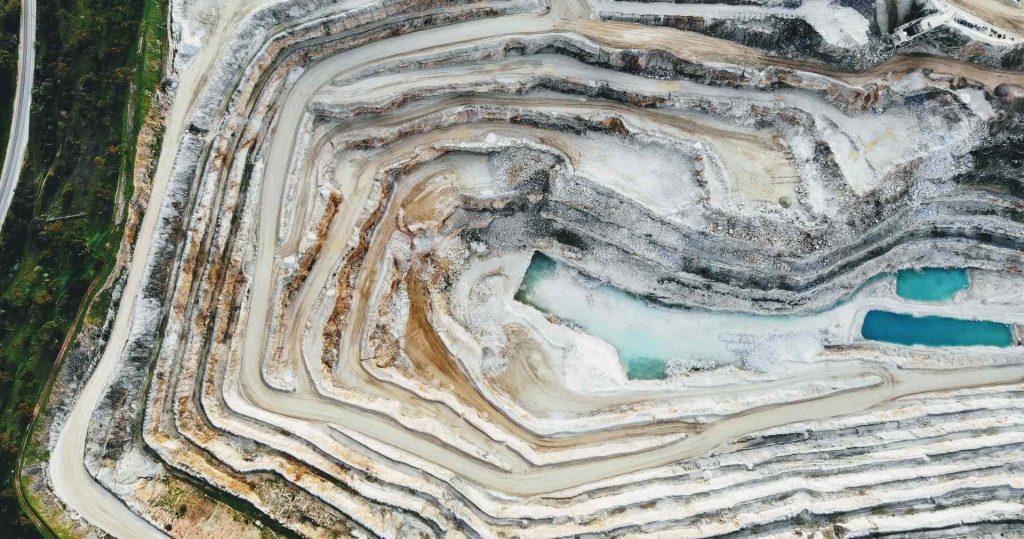
A drone survey can produce a variety of results, depending on the camera and sensor used for the measurement, and the software used for post-processing:
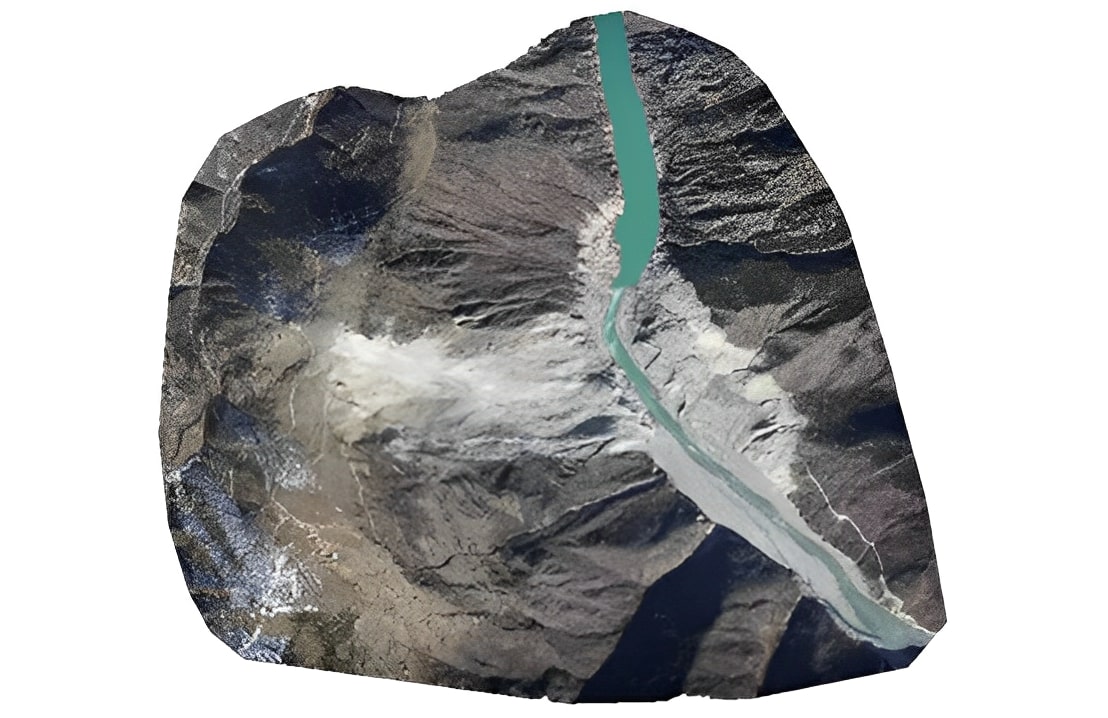
Orthomosaic maps
A drone image that has been corrected for lens distortion, camera tilt, perspective, and topographic relief (i.e., elevation changes on the Earth's surface) and stitched together in post-processing to create a large map-quality image with a high level of detail and resolution.
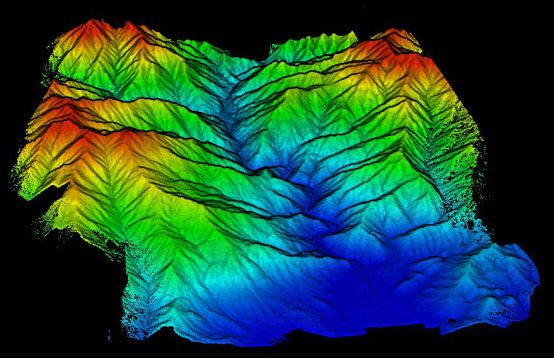
3D point cloud
3D point cloud data, each point contains three-dimensional coordinate information, i.e., X, Y, and Z elements. Sometimes it also contains color information, reflection intensity information, echo count information, etc.
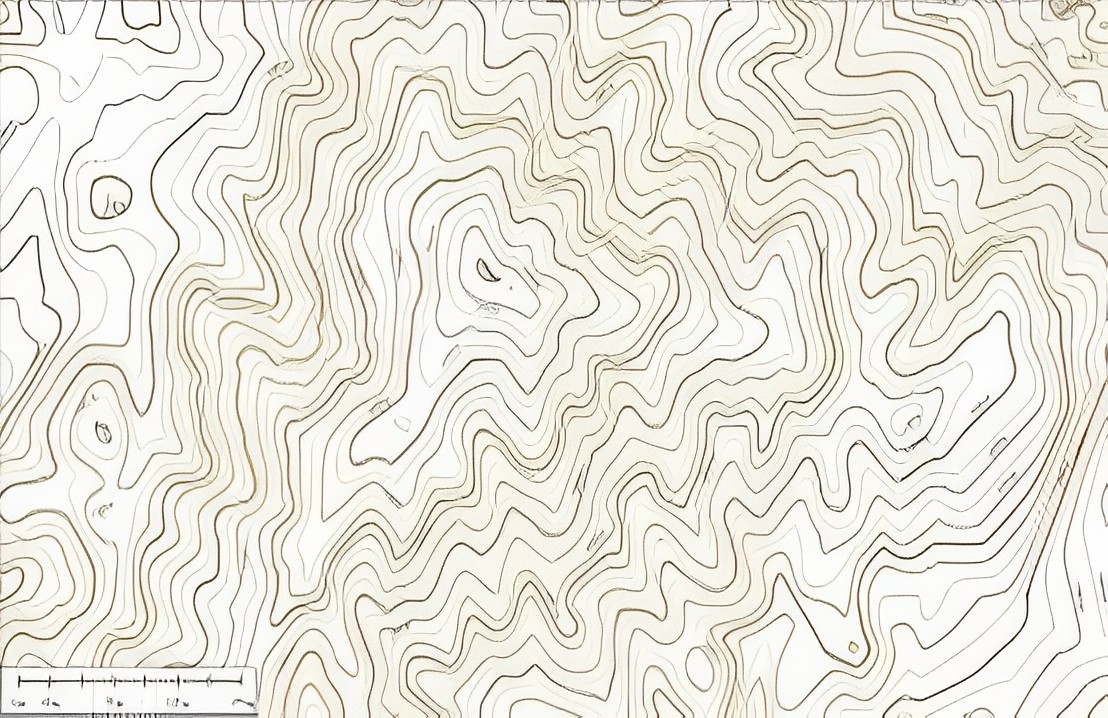
Digital line graph (DLG)
A digital line map (DLG) is a map feature represented as a digital vector. A DLG depicts information about the geographic features of the terrain. In addition, it includes administrative, hydrography, transportation, and man-made features.
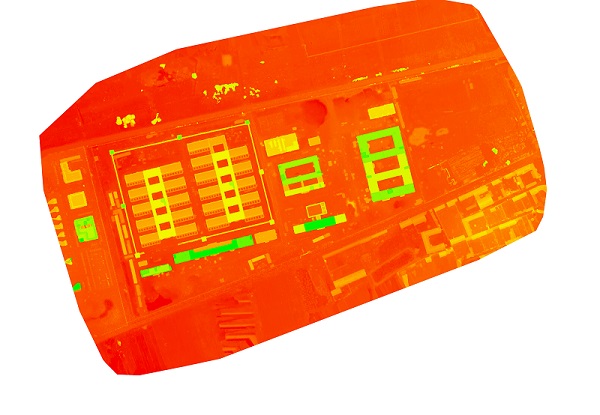
Digital surface models (DSM)
A digital surface model is a ground elevation model that includes the height of surface buildings, bridges, trees, etc.
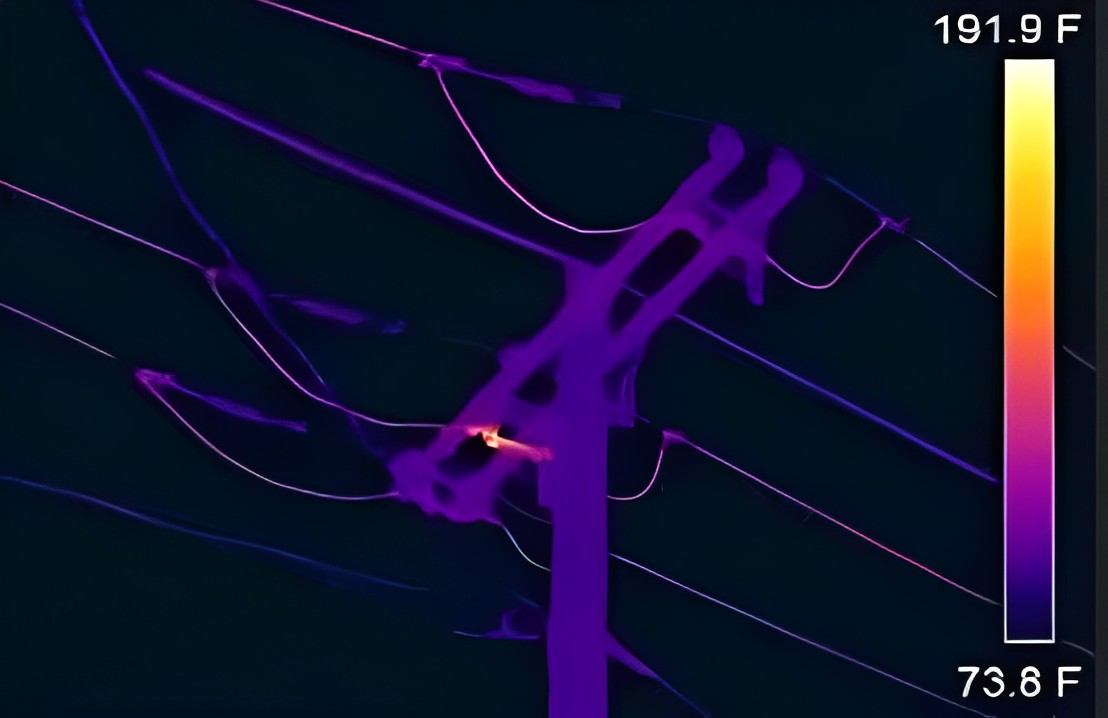
Thermal map
A thermal drone surveys with a thermal camera and quickly identifies targets with abnormal heat signatures.
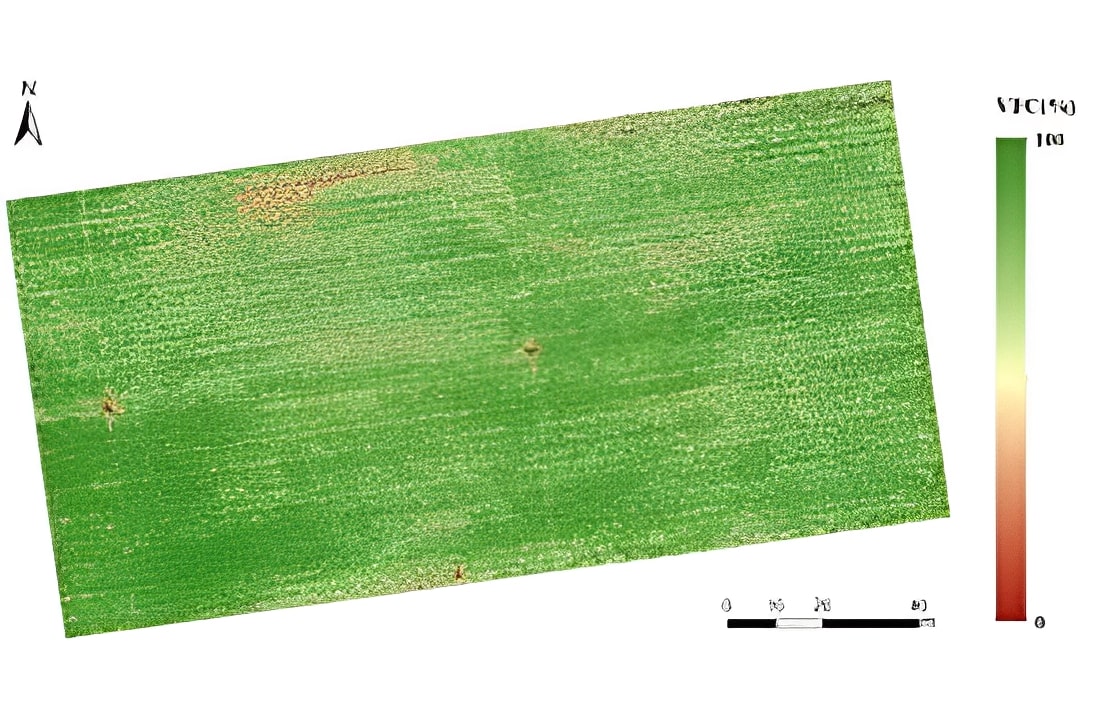
Multispectral map
Multispectral images are a very effective tool for assessing soil productivity and analyzing plant health.
How accurate are drones for surveying?
The accuracy of drone surveying depends on the performance of the UAV, the quality of the camera, weather factors, flight altitude, etc.
Generally, drone maps produced using quality UAV equipment, careful flight planning, commercial-grade GPS ground control points, and commercial-grade processing software have the potential to be accurate to about 2-3 cm horizontally and 5-6 cm vertically.
What are the limitations of drone surveys?
Commercial drones can be a very useful tool for surveying projects in any industry, but they are not without any drawbacks. There are some limitations and potential complications to using drones for aerial surveying.
- Drones do not cope well with high winds. Drones are lightweight and small, so they can easily be deflected by high winds, preventing them from obtaining accurate results.
- Drones can be easily hijacked or manipulated. It is similar to hacking a computer in that hackers can intercept signals from a mile away to establish a connection with your drone so they can manipulate the gadget.
- Drones must be flown by someone trained in drone operations to obtain images and data in a safe and efficient manner; this increases the cost of using drones.
- Ever-changing drone laws. There is a range of regulations when it comes to the use of drones. According to FAA guidelines and regulations, drones cannot be flown over military bases, near airports, or in overpopulated and crowded areas.
How does drone mapping work?
Like satellite imagery, drones survey photos taken from the air or from a controlled altitude. Equipped with cameras of different capabilities, drones can produce high-resolution images.
When taking photos, the operator must check the maintenance and calibration of the drone. The drone mapping software then analyzes the photos taken by the drone, aligns and calibrates them, and creates a 3D model based on these photos.
In addition to photogrammetry, drones can carry LiDAR sensors to measure distances and object heights, allowing for more accurate surveys than satellite surveys.
What is the difference between LiDAR and photogrammetry?
Nowadays, survey drones can carry both LiDAR sensors and photogrammetry, which one should we choose?
This depends entirely on the specific use. In the field of forestry mapping, LiDAR is a significant advantage. Drone photogrammetry can only produce high vertical accuracy if the site is sparsely vegetated, while LiDAR can map denser vegetation and large areas of trees. But when it comes to the broader surveying needs of the construction, mining, and aggregates industries, photogrammetry is a more affordable solution with good accuracy and ease of use for most teams.
What are ground control points?
In aerial mapping, ground control points (GCPs) are points on the ground with known coordinates that are placed on the ground inside the UAV survey boundary. They are used to help UAV mapping software accurately locate your map with the real world around it.
What are PPK and RTK in the survey?
Post-processing kinematics (PPK) is a GPS correction technique that corrects position data after it has been collected and uploaded. Real-Time Kinematics (RTK) is another GPS correction technique similar to PPK, but it corrects the position data in real-time as the UAV measures and captures images of the field.
How to measure the location of drones in a drone survey?
The position of the drone in flight can be measured by ground control points (GCP), real-time kinematics (RTK), or post-processing kinematics (PPK).
What is drone mapping software?
UAV mapping software can be installed on a dedicated UAV ground control station (GCS) or on a laptop, tablet, or cell phone for stitching aerial imagery and LiDAR data collected by UAVs into 2D and 3D maps and models.
Which software for drone surveys?
FlightSurv is an easy-to-use UAV mapping software designed specifically for professional uses. This cloud-based software can be used as a mobile application for a single user or as an enterprise customer with any number of users.
There are many autonomous flight features and options within the software, including checking drone equipment and supporting multiple missions.
The platform is feature-rich and full of cloud-based operations that can be easily managed even if you have many team members or clients who need your drone data on their own mobile devices.
How much does a drone survey cost?
Generally, the average cost to hire a drone survey company is between $30 and $120 per mile. This cost may be higher or lower than that, depending on the type of drone survey, the size of the project, the desired accuracy, and the needed output.
How much does LiDAR charge for mapping?
A drone with LiDAR for aerial mapping costs $2,500 per day, while a manned aircraft LiDAR system can be as much as $30,000 per day.
Feel free to contact JOUAV. What we can help you:
